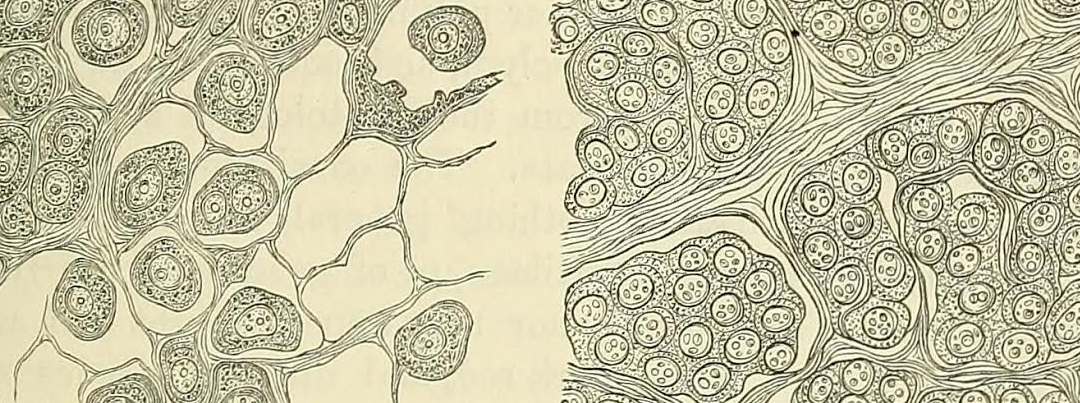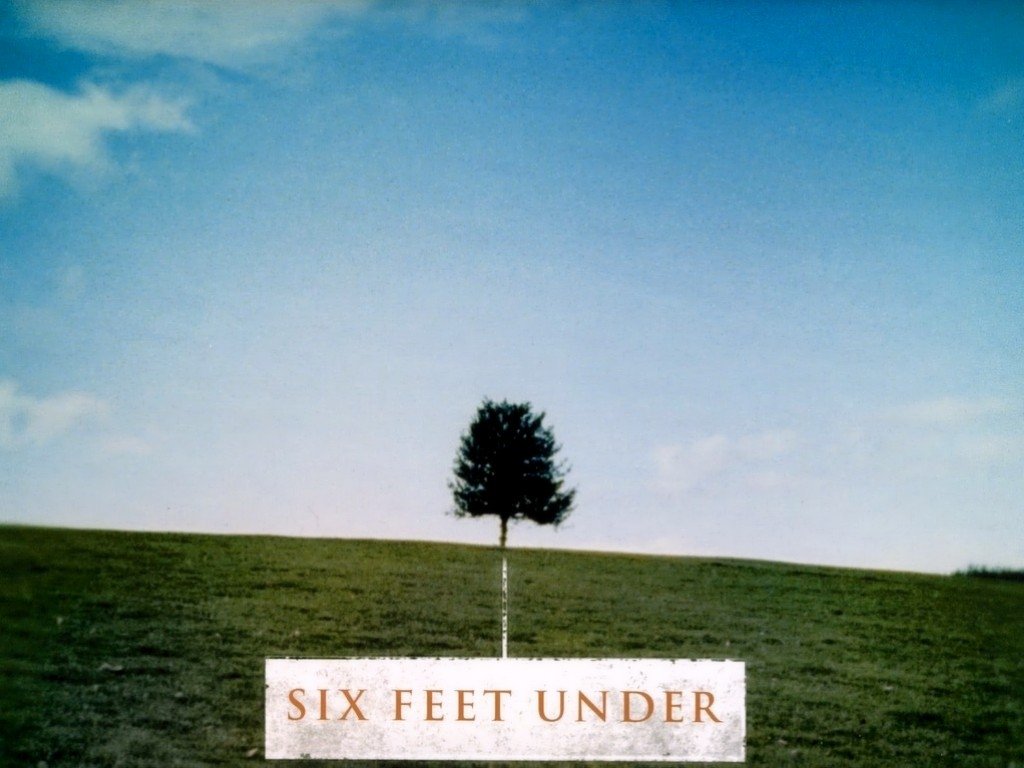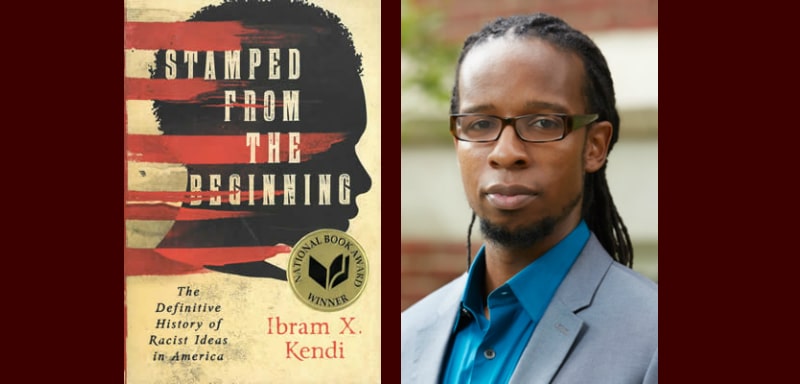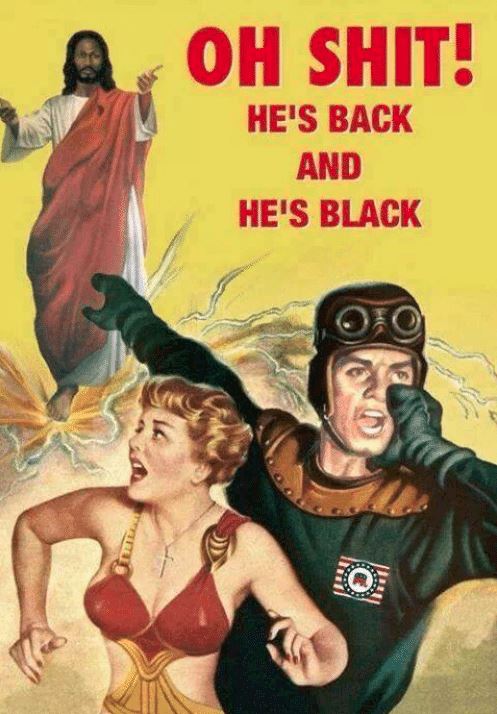
I don’t have anything to report about my health. The funeral yesterday knocked me on my butt. But until I know for sure cancer is spread throughout my body I am hesitant to ascribe my fatigue to it.

The funeral went well. But there was added pressure of working with an unknown deacon (who was leading a lot and preached), dealing with the grief of parishioners especially those in the choir, and the extra pains I took on preparing some organ music. The latter worked exceedingly well, I thought. It is fun to have a good instrument whose sounds are so beautiful in and of themselves so that when one adds a decently composed piece on top of that the overall effect can be stunning.

I’m starting to read Jill Lepore’s These Truths: a History of the United States. So far, it’s meeting my expectations. I like that Lepore supplants the usual understandings of history as story or memorial. She says that history is “inquiry—not something easy and comforting but demanding and exhausting” (p. xvi) She goes on: “To study the past is to unlock the prison of the present.”

Good stuff. In the first chapter, she does a good job of balancing description of Columbus’s first visit (where she purports to begin her history) and documentation of the peoples he met. She does this through some very careful citations which lead the reader through the labyrinth of sources. Very cool. She even cites my beloved Samuel Morrison. Morrison was a historian of America and even wrote a bio of Columbus (which I have read).

I don’t often see him cited these days because the history is being reexamined to include a different view of Columbus.

Friedman used Columbus as an example of someone who was courageous and adventuresome. “I’ll figure out how to get back after I get where I’m going.” Teaching about Freidman’s understanding of family systems requires a light touch when using Columbus as a metaphor in this manner.
This reminds me of talking to my brother about “White Jesus” over the Thanksgiving holiday.

I told him he could look up Kendri’s citation in the index of his book under White Jesus.

Well, this is not the case. But here is the relevant passage.

“The American Bible Society, the American Sunday School Union, and the American Tract Society were all established in this period [1820s], and they each used the printing press to besiege the nation with Bibles, tracts, pictures, and picture cards that would help create a strong, unified, Jesus-centered national identity. A good tract ‘should be entertaining,’ announced the American Tract Society in 1824. ‘There must be something to allure the listless to read.’ Allurement—those pictures of holy figures—had long been considered a sinful trick of Satan and ‘devilish’ Catholics. No more. Protestant organizations started mass producing, mass-marketing, and mass-distributing images of Jesus, who was always depicted as White. Protestants saw all the aspirations of the new American identity in the White Jesus—a racist idea that proved to be in their cultural self-interest. As pictures of this White Jesus started to appear, Blacks and Whites started to make connections, consciously and unconsciously between the White God the Father, his White son Jesus, and the power and perfection of White people. ‘I really believed my old master was almighty God,’ a runaway henry Brown admitted, ‘and that his son, my young master, was Jesus Christ.” [p.153]
Opinion | Of Monuments, Arguments, Vampires and Thanksgiving
Marueen Dowd writes an interesting article about her conservative family. I recommend checking out the comments as well. I don’t often read Dowd. She seems to be too inside the beltway to help me understand what’s happening. However, the subtitle of this article, “John Wayne, Brett Kavanaugh, my brothers Michael and Kevin, and me” piqued my interest.
